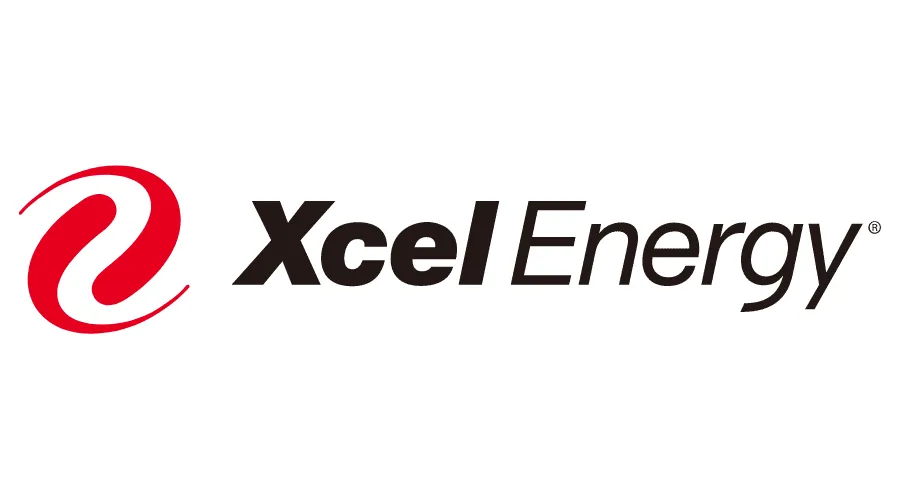United Power offsets peak loads with Tesla batteries

FIRESTONE — United Power Inc. wanted a way to store energy generated overnight when energy use is low and figured a battery storage system presented the best option — the technology is innovative and a potential for renewable regeneration.
United Power, a Touchstone Energy cooperative headquartered in Brighton, built a 7,000-square-foot commercial scale, energy-storage system at its Firestone location on Interstate 25, just south of Colorado Highway 119. The cooperative worked in collaboration with Chicago-based Engie Distributed Solar, formerly SoCore Energy, a solar photovoltaic and energy-storage developer that serves rural-electric cooperatives and agreed to do the…
THIS ARTICLE IS FOR SUBSCRIBERS ONLY
Continue reading for less than $3 per week!
Get a month of award-winning local business news, trends and insights
Access award-winning content today!




